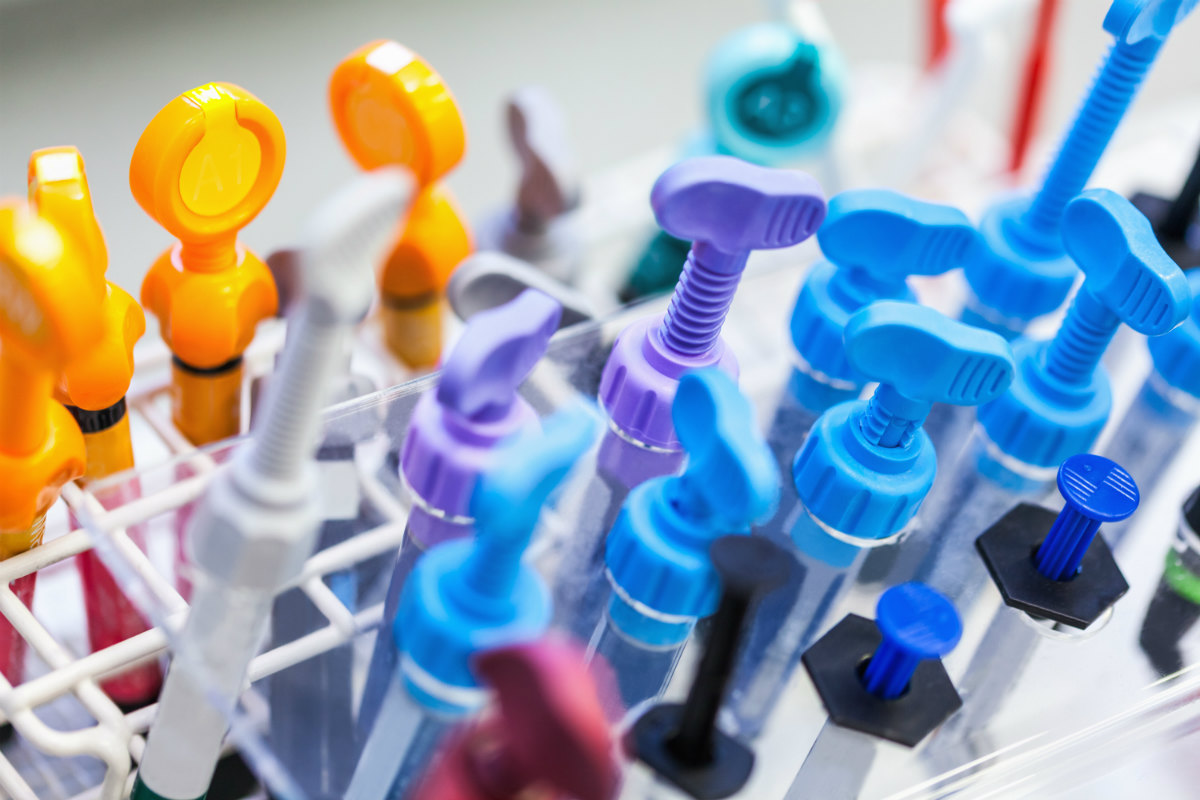
In recent years, in terms of fixed prostheses on natural teeth, we have witnessed a change in the usage prospects of mock-ups. These days, this step is no longer just a transitory clinical phase, but rather a moment at which adjustment can be made to improve the preparation, functionality (for instance revising the bite) and the aesthetic performance of the end product.
One of the main functions is to recondition the soft tissues in order to guarantee the best marginal fit and adapt the interface with the gum.
For all the above reasons, the orthodontist needs to have at hand all the means necessary for quickly relining – if necessary even multiple times – the frameless mock-up directly from the chair. In purely technical terms, the benefit of not having to go via the laboratory is not just in terms of time, but it also guarantees the certainty of the shape and dimensional stability of the product.
Self-curing and light-curing resins
Resins most commonly used are self-curing acrylics, but these days several types are available, including light-curing resins. In the case of the former, the main problems with overheating and excess adhesion to the abutment are usually prevented by applying glycerine or another insulating material.
It goes without saying that these complications are not encountered if systematic light-curing resins are used, as they have fluid or viscoelastic properties before polymerization, low thermal irritation and, now, reduced free monomer release.
Chemically, acrylic resins sold as two-component kits are made up of a powder, consisting of a blend of polymers in incomplete form (MMA or EMA) with a peroxidic initiator and a pigment, and a liquid again made up of methacrylates but in monomer form with a cross-linking molecule. There are also paste-formulas of this type.
hese same components are also contained in light-curing resins, with the added content of a photoinitiator, in other words a molecule (the base molecule is referred to as camphorquinone) capable of transferring the light energy to trigger polymerization.
One component only present in self-curing resins is a chemically activated accelerator (for example N,N-Dimethyl-p-toluidine). A product certified as both self and light-curing will therefore contain both a photoinitiator and a chemical accelerator. The pastier the material, the greater its silica content.
In actual fact, a series of characteristics depend on the formula, firstly mechanical (hardness, tensile strength, cross strength and polymerization shrinkage), but also other aspects such as biocompatibility and chromatic stability. The mechanical characteristics are evaluated in a laboratory using specific tests, many of which follow the instructions provided by independent bodies such as the Academy of Dental Materials (ADM).
Do you want more information on Zhermack Dental products and solutions?
Contact us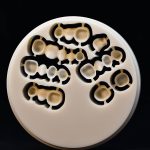
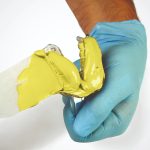
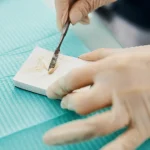
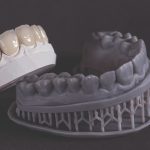

 Zhermack SpA has been one of the most important producers and international distributors of alginates, gypsums and silicone compounds for the dental sector for over 40 years. It has also developed solutions for the industrial and wellbeing sectors.
Zhermack SpA - Via Bovazecchino, 100 - 45021 Badia Polesine (RO), Italy.
Zhermack SpA has been one of the most important producers and international distributors of alginates, gypsums and silicone compounds for the dental sector for over 40 years. It has also developed solutions for the industrial and wellbeing sectors.
Zhermack SpA - Via Bovazecchino, 100 - 45021 Badia Polesine (RO), Italy.


